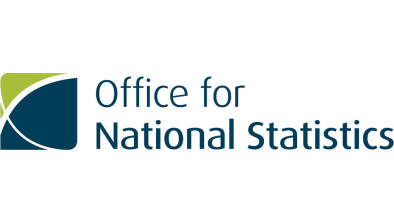UK inflation reaches new 40-year high of 9.4%

UK inflation reached a new record high in June, as the Consumer Prices Index (CPI), measured by the Office for National Statistics (ONS) hit 9.4%.
On a monthly basis, CPI rose by 0.8% in June 2022, compared with a rise of 0.5% in June 2021.
Rising prices for motor fuels and food made the largest upward contributions to the change in both the CPIH and CPI 12-month inflation rates between May and June 2022.
Kevin Brown, savings specialist at Scottish Friendly has warned that it’s becoming harder and harder for households to manage as their incomes are squeezed tighter.
He said: “Month in, month out inflation continues to rise and the real worry for households is not knowing how high it may go.
“The latest forecast from the Monetary Policy Committee is that inflation will reach 11% in October when energy prices are expected to spike once more.
“Managing these increases is becoming harder and harder for families, as incomes are squeezed more tightly. When factoring in inflation, wages excluding bonuses fell by a record 2.8% over the past year, and households could see their take home pay drop further in the coming months.”
He added: “During this time, interest rates could also rise significantly with expectations that they will reach 2% by 2023. It will mean higher mortgage payments and increased borrowing costs, which are going to be hard to swallow for households already struggling to make ends meet.
“Savers may benefit eventually but a lot of people are struggling to find spare cash at the moment and with the gap between interest rates and inflation at its highest for 50 years, people’s long-term wealth is also depreciating.”
Martin Beck, chief economic advisor to the EY ITEM Club, said: “CPI inflation rose to 9.4% in June, the highest rate since February 1982. Rising petrol prices were the main factor behind inflation rising between May and June, following a peak in oil refinery margins.
“Though recent increases in the year-on-year (y/y) inflation rate have been smaller than before, that is largely due to the strength of base effects. The momentum behind price rises remains strong – prices rose 0.7% between May and June, much larger than the 0.2% average increase between those months over the past decade.
“With the combination of higher future prices causing a larger rise in the energy price cap, it is the EY ITEM Club’s expectation that oil refinery margins will remain high in the short term. And the likelihood that sterling will remain weak means inflation is now expected to peak at a higher rate in the autumn and remain higher for longer. But a repeat of the 1970s experience, when inflation remained very high for a sustained period, remains unlikely.”
He added: “The MPC is clearly prioritising fighting inflation over supporting growth. For the August meeting, the key decision is whether to opt for a 25bps or 50bps rise. Previously the MPC had said they would act ‘more aggressively’ if they saw ‘indications of more persistent inflationary pressures’.
“On the one hand, the prospect of inflation peaking at a higher rate because of a larger increase in the energy price cap could fulfil this criterion. But on the other, such an increase in inflation would be due to factors outside of the Bank’s control, while evidence of second round effects via higher wage growth remains hard to find.
“The EY ITEM Club narrowly expects a 25bps increase but there’s a growing risk that the MPC talks itself into a larger rise.”






